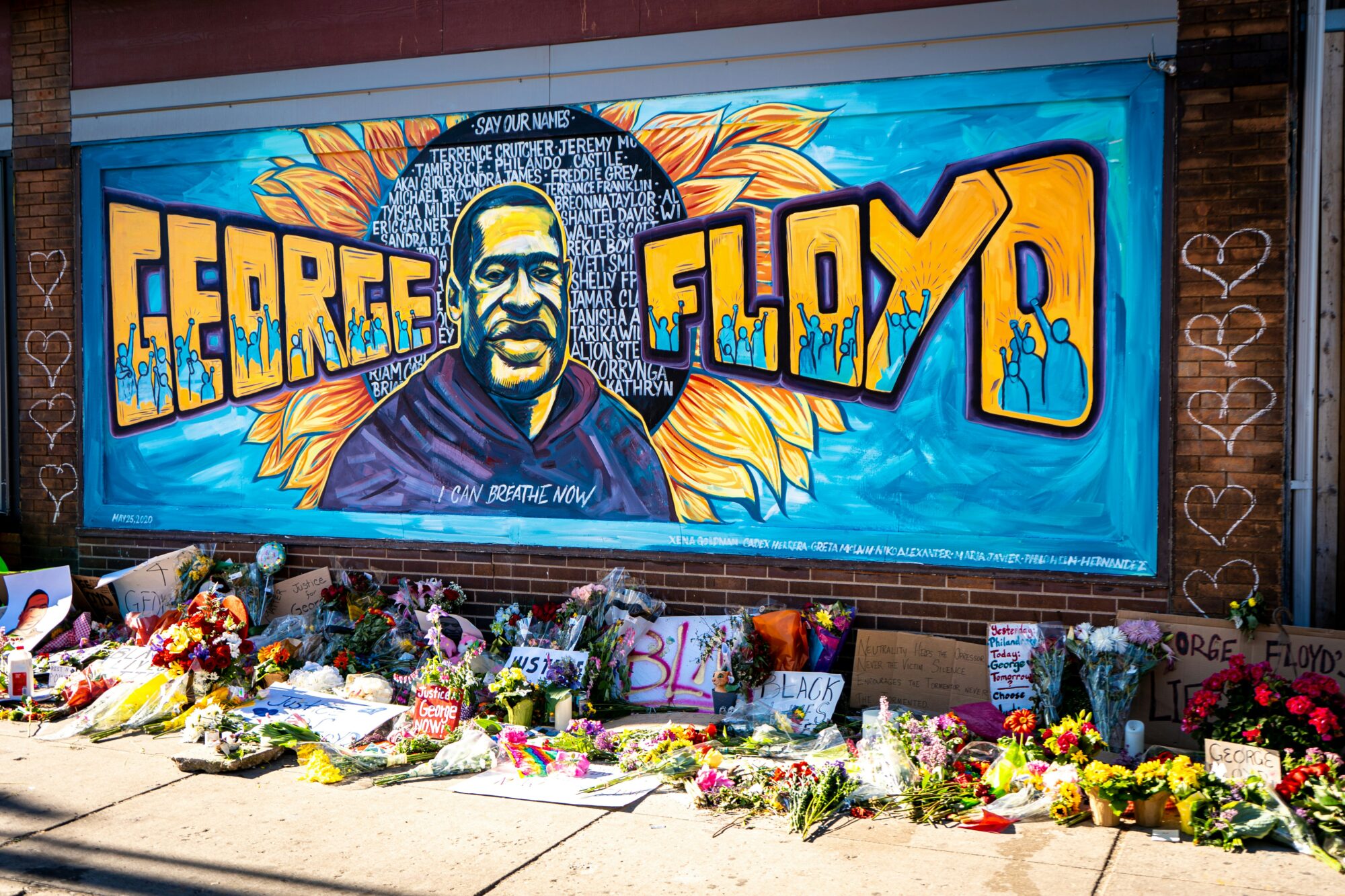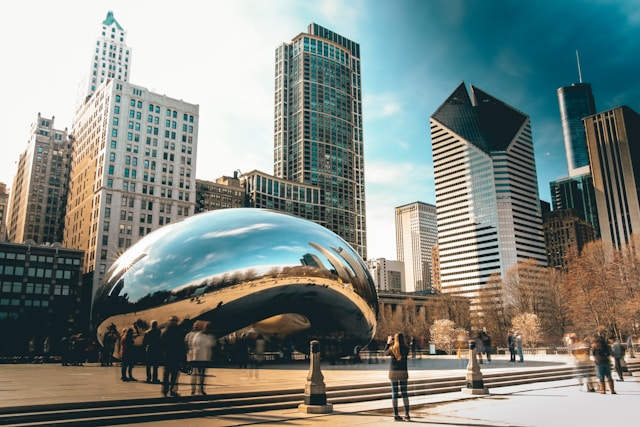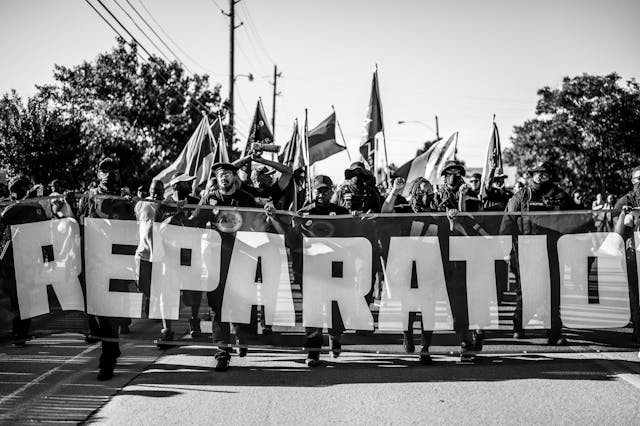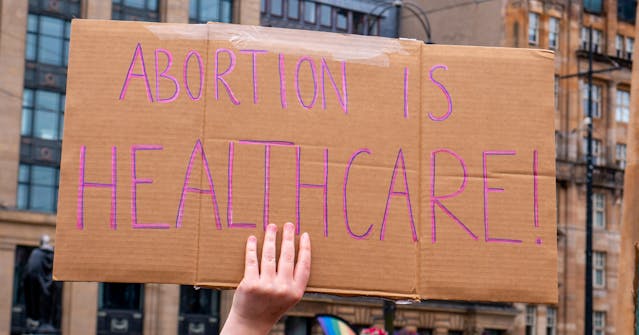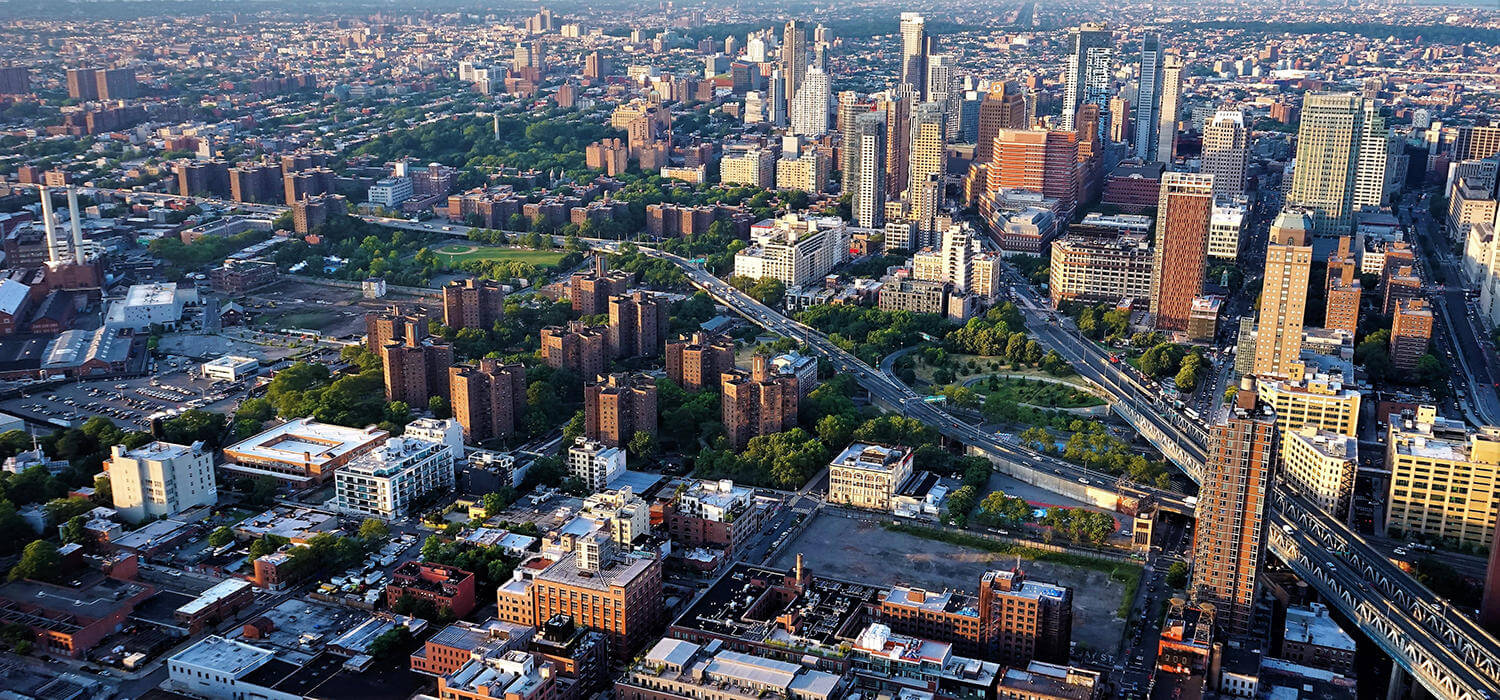
By Margery Austin Turner, Solomon Greene
The past several weeks and months have made painfully apparent the ways in which structural racism destroys lives and livelihoods and holds us back as a nation. We have seen communities of color ravaged by both the health risks and economic fallout of the COVID-19 crisis and how police violence tracks stubborn patterns of segregation and disinvestment from Black and brown neighborhoods. If Americans of goodwill genuinely desire to tear down the systems and institutions that sustain racial injustice and inequity, we should start by reimagining the neighborhoods where we live.
Every family should be able to live in a neighborhood that supports their well-being and boosts their children’s chances to thrive and succeed. But today, too many families of color live in neighborhoods suffering from disinvestment, deprived of quality services and amenities, and endangered by overpolicing. And too many families of color are excluded from neighborhoods that offer safety, effective schools, healthy environments, and access to good jobs.
This didn’t happen by accident. And it’s not the “natural” result of unconstrained housing choices or freely functioning housing markets. Rather, over many decades, the United States built separate and unequal neighborhoods through public policy and institutional practices. Families of color have been blocked from areas rich in amenities and opportunities by housing discrimination and exclusionary zoning, while communities of color have been starved of capital and resources (Read more).


